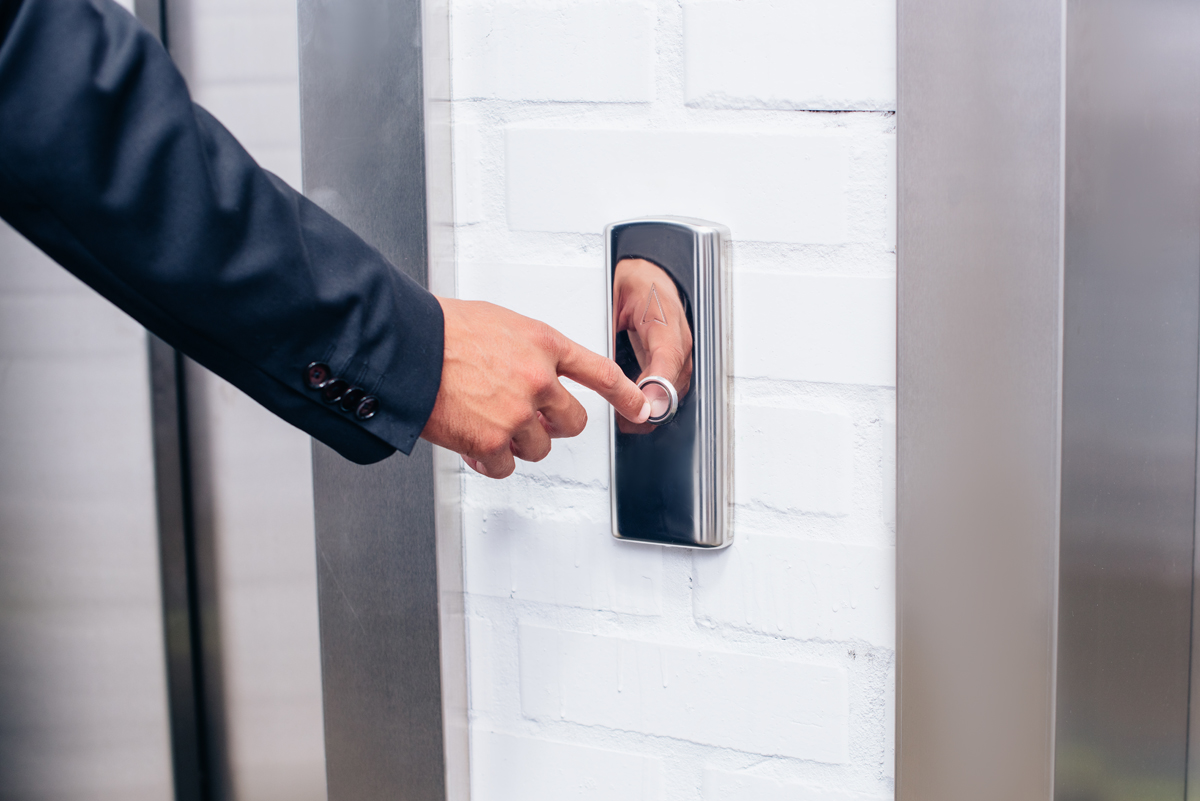The primary differences between commercial and residential elevators are related to their design, capacity, usage, and regulatory requirements. Here’s a detailed comparison:
1. Design and Aesthetics:
- Commercial Elevators: These are designed for high-traffic areas such as office buildings, shopping centers, and hotels. They often have more robust and durable finishes to withstand heavy use.
- Residential Elevators: These are designed for homes and tend to have more personalized and aesthetically pleasing finishes to match home interiors.
2. Size and Capacity:
- Commercial Elevators: Typically larger with a higher weight capacity (often 2,500-5,000 lbs or more) to accommodate more passengers or goods. They may also have larger cabins and doors to meet accessibility requirements.
- Residential Elevators: Smaller in size and capacity (usually around 1,000-1,500 lbs), designed to fit within the space constraints of a private home.
3. Functionality:
- Commercial Elevators: Equipped with advanced features such as floor-specific access control, emergency communication systems, and more complex control panels. They are designed for frequent use and rapid transit between floors.
- Residential Elevators: Simpler control systems, often with basic features like a phone for emergencies and a few buttons for floor selection. They are used less frequently and for shorter travel distances.
4. Speed:
- Commercial Elevators: Generally faster, with speeds ranging from 200 to 500 feet per minute (fpm) or more, to quickly move people and goods between floors.
- Residential Elevators: Slower, typically around 30-50 fpm, providing a smooth and comfortable ride in a residential setting.
5. Safety and Code Requirements:
- Commercial Elevators: Subject to stricter codes and regulations, including regular inspections, maintenance requirements, and safety features like fire-rated doors and automatic emergency lowering systems.
- Residential Elevators: Still meet safety standards but are subject to less stringent regulations compared to commercial ones. They may have different safety features tailored for residential use.
6. Installation and Cost:
- Commercial Elevators: Installation is more complex and costly due to the need for larger shafts, machine rooms, and compliance with strict building codes.
- Residential Elevators: Easier and cheaper to install, often designed to retrofit into existing homes with minimal structural modifications.
7. Usage Patterns:
- Commercial Elevators: Designed to handle constant and heavy use throughout the day.
- Residential Elevators: Used less frequently, typically by a few household members.
8. Maintenance:
- Commercial Elevators: Require more frequent and thorough maintenance due to heavy usage and regulatory compliance.
- Residential Elevators: Less demanding in terms of maintenance frequency but still require regular checks to ensure safety and functionality.
Arizona Elevator Solutions is your go to elevator specialists that can handle anything from elevator repair and maintenance to elevator modernization and upgrades. Get a free elevator modernization quote from Arizona Elevator Solutions today! We also offer elevator services in Colorado.

